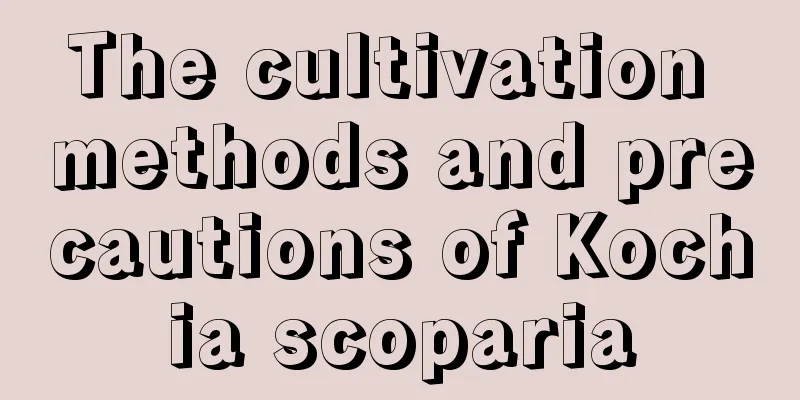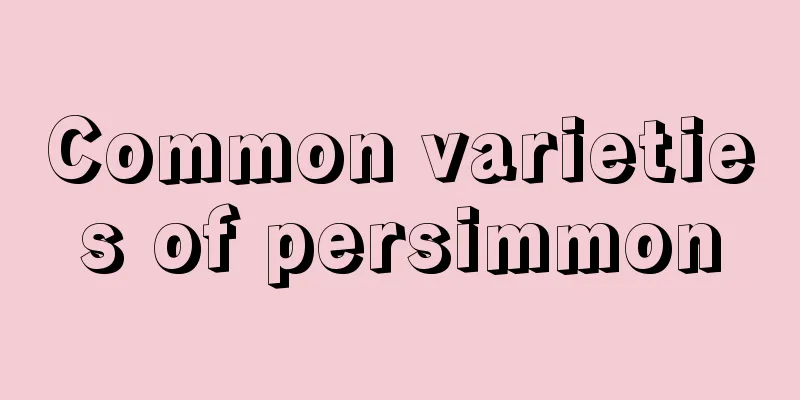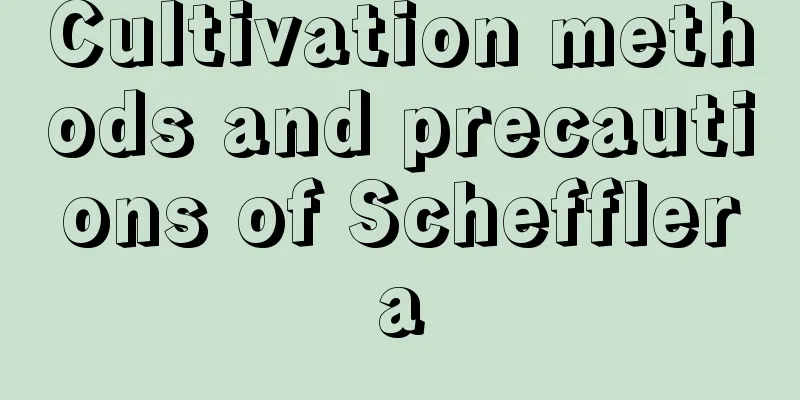The cultivation methods and precautions of Kochia scoparia

How to cultivate Kochia scopariasoilKochia scoparia is not demanding on soil and prefers loose, fertile, humus-containing, and well-drained sandy soil. However, it can also tolerate poor and thin soil, and can also tolerate alkaline soil. Light and temperatureKochia scoparia prefers an environment with plenty of sunlight, but it is also a relatively shade-tolerant plant. In terms of temperature, Kochia prefers warmth and is not cold-resistant. In addition, the suitable temperature for germination of Kochia scoparia is between 10-20℃. Water and fertilizer managementIn terms of water and fertilizer management, the maintenance and management of Kochia scoparia is still very simple and extensive. Basically, when planting, you need to apply a certain amount of base fertilizer to the Kochia scoparia and water it thoroughly. After planting, Kochia scoparia needs to be fertilized 2-3 times a year, but of course, you don't have to apply fertilizer at all. As for watering, although Kochia scoparia can tolerate drought, you should still add a certain amount of water to keep the soil moist so that Kochia scoparia can grow well. It is required to water once every 7-10 days during the growing period. The soil should be moistened when dry to avoid waterlogging. Reproduction methodThe propagation of Kochia scoparia is generally carried out by sowing, usually in spring, by direct sowing. Sow the seeds of Kochia scoparia in April every year, apply base fertilizer before sowing, keep the soil moist, and the seedlings will emerge in about 10 days. You can transplant them at the appropriate time. Kochia scoparia is propagated by seeds, germinates quickly and evenly, and is easy to maintain. Precautions for the cultivation of Kochia scopariaWeedsDuring the growth process of Kochia scoparia, many weeds will inevitably appear and need to be removed. Weed control can be carried out by manual control, mechanical control, chemical control, alternative control and ecological control. Pests and diseasesKochia scoparia is more susceptible to aphids and dodder parasites. Timely prevention and treatment are required. |
<<: Cultivation methods and precautions of Yujiuhua
>>: Does Kochia scoparia bloom?
Recommend
How to identify Wenzhousu
1. Rhizome The roots of Wenzhousu are relatively ...
How to make cyclamen bloom on New Year's Day
Determine whether it is the first flowering There...
What to do if the leaves of crystal palm become soft
The main reason why crystal palm leaves become so...
The jade tree at my neighbor's house has grown into a big old stump. When I asked why, it turned out that he watered it with this kind of water!
Huahua had said before that her neighbor was an e...
How to grow kapok flowers? Can they be planted in the north?
1. How to grow kapok 1. Light: Kapok plants prefe...
Rose planting method, rose pictures
1. Choose flower seedlings When planting, choose ...
How many years does it take for the betel nut tree to bear fruit? How long does it take for the betel nut tree to bear fruit?
Areca palm trees bear fruit after several years o...
Complete Guide to Pepper Planting Techniques
There are many kinds of food in our life, and the...
Time and method of cutting red maple
1. Cutting time The most suitable time for red ma...
Reasons and solutions for Christmas cactus not blooming
Christmas cactus, as a popular indoor plant, ofte...
What vegetables are suitable for planting in September in the south?
The temperature in the south starts to get cooler...
What to do if jasmine flowers are infested with insects
1. Insecticide method 1. Whiteflies: These insect...
Three tips for growing flowers at home
It is advisable to grow flowers with strong drug ...
When is the best time to graft the golden ball (what month is the best time for grafting to survive)
The scientific name of golden marble is Jiaowu pe...
A comprehensive list of plants suitable for hydroponics in winter
Conditions that need to be met for water-grown pl...









